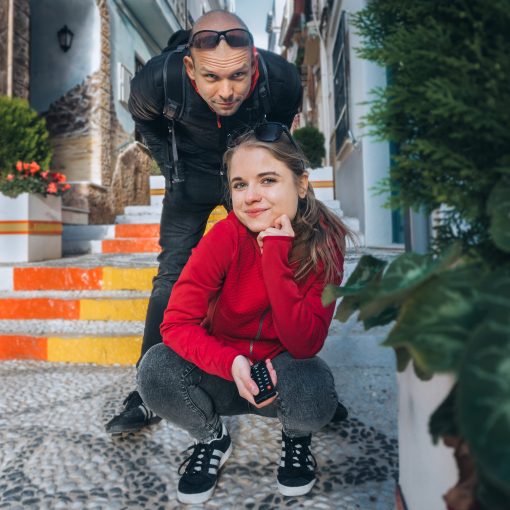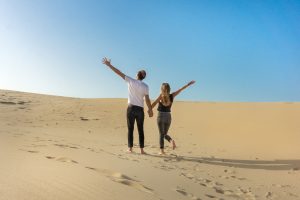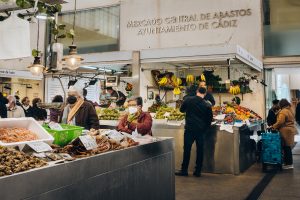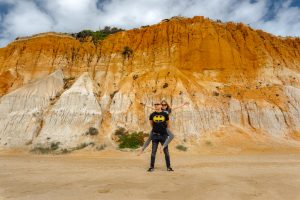As you might have noticed in our short description we called ourselves “slowmads”. We even mentioned something about “deep, meaningful, slow travels”. Have you thought “what are they even talking about?!” If you did, that’s actually great! If not, stick around too, as today we want to explain the concept of slow traveling, what is slow travel, and how you can experience more by simply slowing down. But first a few words of context around the topic.
For several years now, a significant increase in interest in traveling can be noticed. Traveling has become an important part of life for many people, and even a way of making money.
Social media are full of profiles showcasing various places around the world, but more and more often we think that at some point something went wrong. What do we mean exactly? That traveling became a race. A race of “who will tick off more countries out of the list”, or “where else I will be able to take an awesome picture for my social media”. You probably know, or at least have heard of, about person who travels just because it’s trendy and only needs photos for social media. That’s not a healthy relationship with traveling, isn’t it? Traveling like that could drastically limit the experience of discovering the world as is.

This website uses affiliate links thanks to which we may earn a commission for purchases you made at no additional cost to you. If you like the content, consider using those links to support us. Thank you!
The reason behind slow travel experience
If seeing everything ASAP, ticking off places from your bucket list, and changing locations every few days is enough for you – that’s ok. But maybe you want more, or something slightly different? Maybe you would like to get to know the culture, feel like a local, and spend days strolling in non-touristic places? If you’re craving a more authentic local experience it could be time to take a step back and slow down. What would you say to that?
Also in the context of travel and remote work, we can thank 2020 as it opened many new travel opportunities. Mainly it “convinced” the skeptics that fully remote work is possible in more job positions and places than ever. So why don’t take advantage of that too?
What is slow travel?
It’s pretty simple. Slow travel is about… slowing down. It’s about quality over quantity. Slow traveling means taking more time while traveling, choosing to spend a longer period of time in one area, without rushing. Thanks to that, by “living” in a place, you’ll be able to better understand local culture and daily lifestyle. You’ll be able to immerse yourself fully in the experience.
Slow traveling also leads to deeper, more authentic experiences which can have an impact on you. You’ll see and experience things that will leave a fingerprint on your soul.

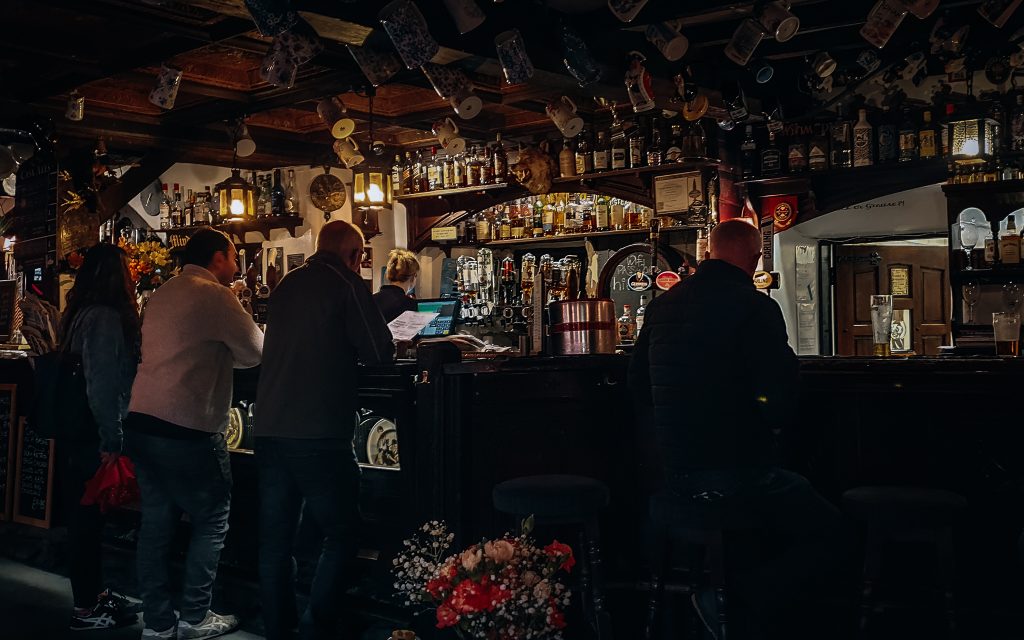
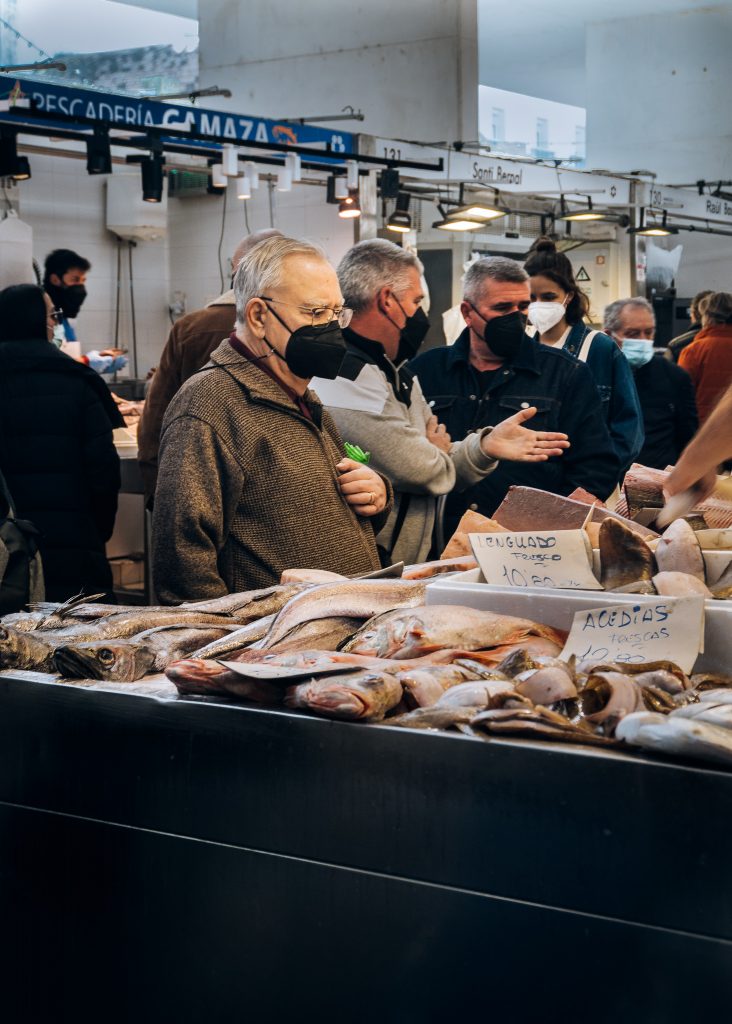


How slow is slow traveling?
You already know what is slow travel, then the next question is: “How long should I stay in one place?” Well, different people consider different periods of time ideal to spend in one place to get to know it well. Some will tell you that two weeks are enough, some that month is perfect, and others that six months is a minimum. To be honest we don’t know what period would be the best for you. It depends on many factors. But we know what works for us and we will share our experience.
We’ve found out that a two-week stay can be great, but it’s often not enough even to scratch the surface of what the particular place is truly about. Especially if you are a digital nomad and combine work & travel and have only weekends for thorough exploring. In a few days, you can visit the main landmarks and eat the local food. However, that’s simply not enough time to get to know the local culture. Being in one place at least for a month allows us to get to know a place better. We usually stay for 6 weeks in one area, and after about 3 weeks we start to feel “at home”.

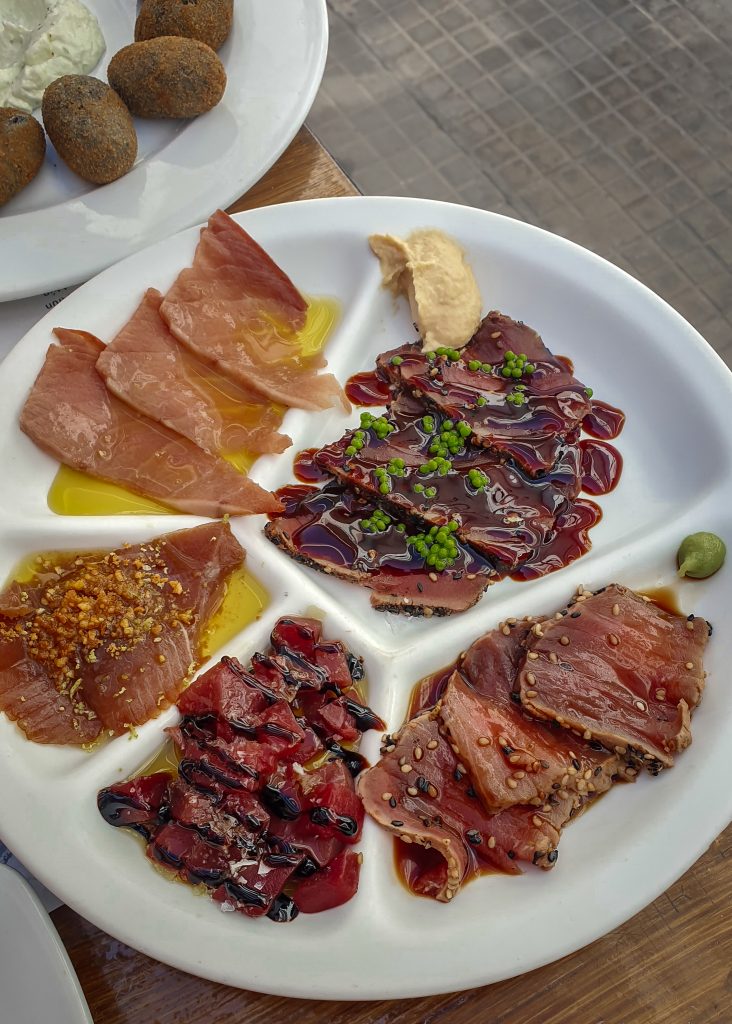
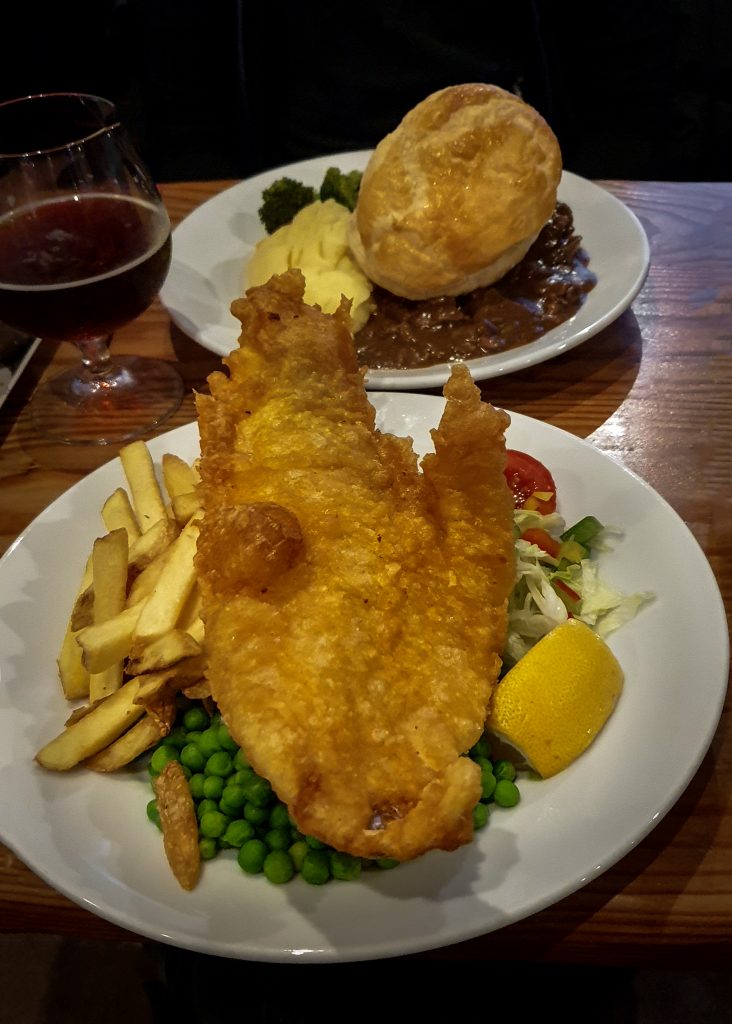



Who is slow travel for?
Slow traveling would be a great option for people who combine work & travel, for those who don’t like to rush. It’s for those who like to drink coffee at a local coffee shop and observe people go about their lives. For those who like to see popular sites, but also love to discover less known places and go off the beaten track.
Why did we choose to slow travel and why do we love it?
From the beginning of our digital nomading journey, we knew that we didn’t want to rush and be in a new place every few days. We’ve been on several trips where we were driving like crazy from one place to another because time was chasing us. After such an intensive time we came back home more tired than before and we quickly realized that we had to slow down. We were not aware of what is slow travel and that it was even a trend/movement but we gradually began to implement “slow” on our shorter trips and it felt awesome. We started to notice much more than just beautiful landscapes and busy city streets.
Now, we know that this way of traveling is the most meaningful and enjoyable for us. We love that in each place we have an opportunity to feel a little at home and see how it would be like to live in this particular area permanently. It also feels great to be able to share with others more than just funny holiday stories.
Finally, slow traveling is perfect for our lifestyle. We’re digital nomads, so we connect working and traveling and we still need a quite stable daily life for a “work” part. And slow traveling also provides us with that.

How do we slow travel?
We’ve always liked traveling by car. Either our own or a rental. Currently, we are traveling in our Honda Civic VIII, a practical, reliable, and economic car. It’s a very convenient way of traveling and the closest you can get to “normal” living. We choose our home base for about 6 weeks. During the weekdays we are working and getting to know the city we live in in the afternoons/evenings. On weekends we are exploring further places. After that time and when we feel like there’s nothing more for us in the area we move to the next destination.
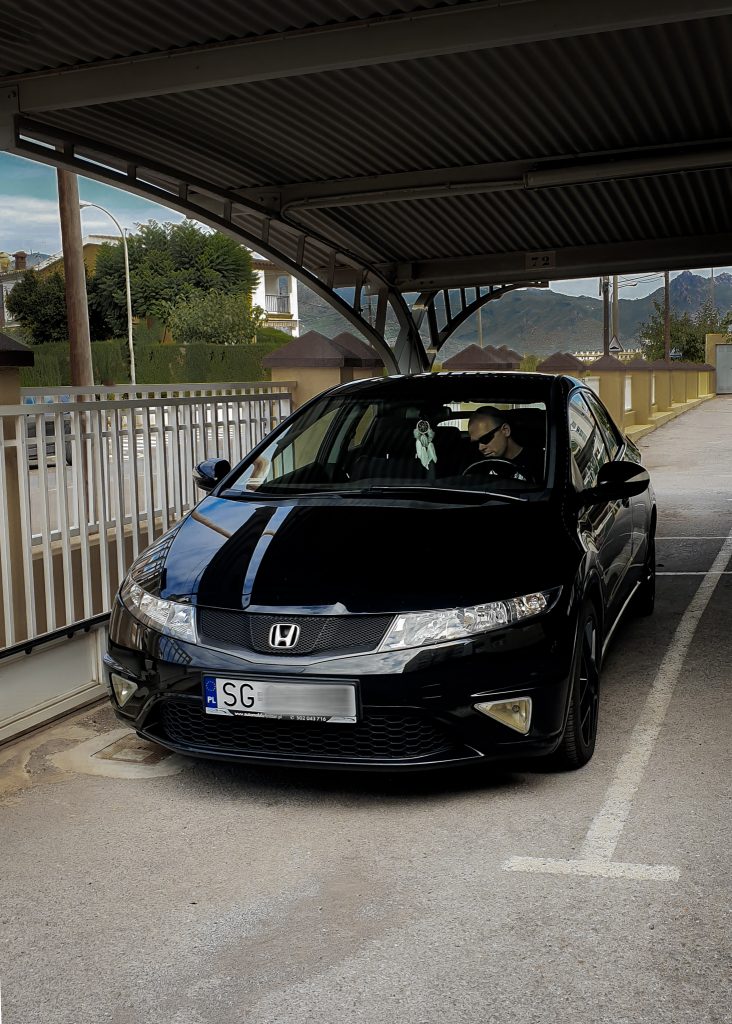
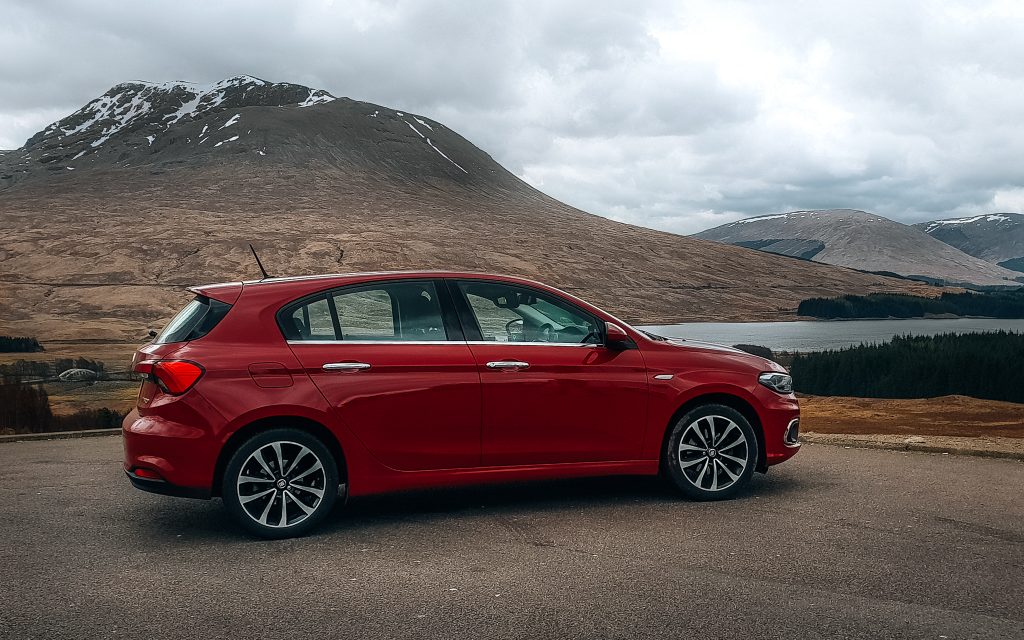
What is slow travel – Summing up
So, now you know what is slow travel. Are you already convinced to try it out? We hope so! But if you’re not yet, we’ll try again in the future as this was the first, introductory post to the whole series about slow traveling and living as digital nomads (or slowmads).
Stay with us and get all the answers you need to start your own journey.

